Crawl, walk, run: three steps to establishing an effective DMP
As digital marketers we're all too aware of the importance of data. For example, the typical fortune 1000 company that sees a 10% increase in data accessibility generates $65 million in additional revenue, whilst bad or poor quality data costs organisations as much as 10-20% in revenue.
Although Big Data is no longer a new area of interest for marketers, the constant change in trends and focus mean that we must always stay up to date, if not one step ahead, of the trends to ensure we hold a competitive advantage. Just consider the sheer complexity of data-related terms:
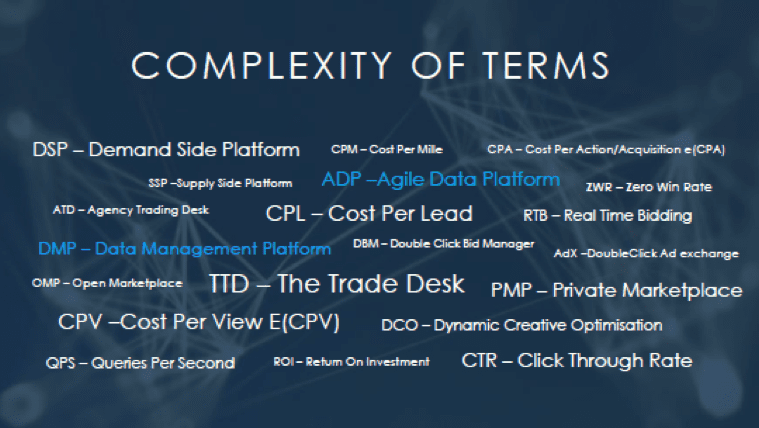
I recently attended a data-driven marketing event run by the Omnicom Group which gave me the opportunity to look at some of the insights and trends from those working at the sharp-end of data marketing. The event was roughly grouped into three areas:
- Data and technology
- Programmatic
- Predictive analytics
One of the themes that stood out throughout the event was the importance of organising and exploiting data effectively and the need for a robust data management platform (or DMP). Establishing a DMP is not straightforward, however, there is a process any business can follow to ensure they set themselves up for success.
Not all data is created equal
As a starting point it’s worth summarising what data-driven marketing is and why it’s important:
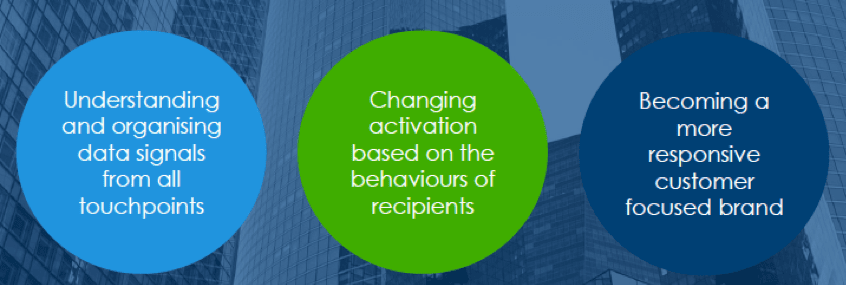
Identity is key to understanding consumers and seeing changes in behaviour over time. However, we need to identify the most valuable data sets (which often sit in silos across organisations) and use analytics to extract the right insights.
3rd party data is useful but it doesn’t provide a competitive advantage, and whilst 2nd party data has many advantages it’s been held back by legal constraints. Therefore true competitive advantage lies with 1st party data:
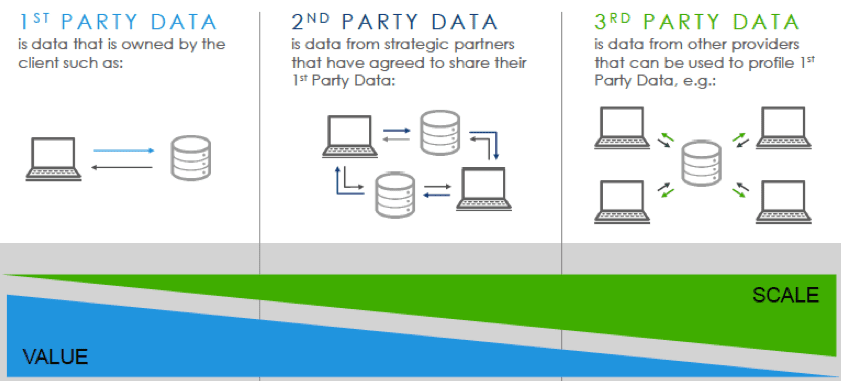
The scale may be much lower but the quality cannot be beaten as this is data you own, collected from your own platforms. Nevertheless the overall goal should always be to find the right data sets that match your organisation’s objective.
Establishing a DMP
In order to gather and make sense of the huge amount of data being created, a DMP is becoming a prerequisite for nearly all types of business:
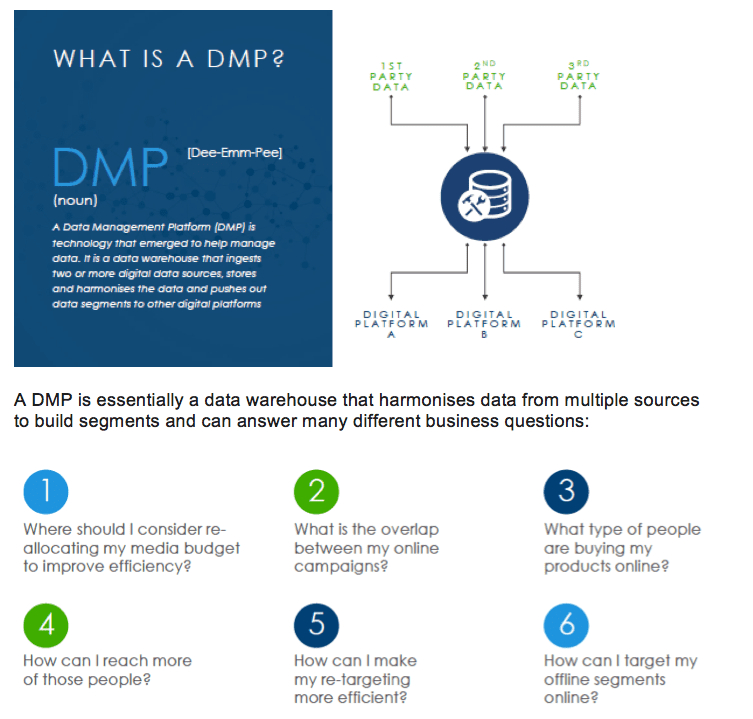
A DMP is essentially a data warehouse that harmonises data from multiple sources to build segments and can answer many different business questions:
Whilst there is no such thing as a ‘one-size-fits all’ approach, the creation of a DMP - from scoping to deployment - is a process that can be followed by any business, large and small. There are three key stages:
- Crawl
- Walk
- Run
I will outline the main details for each of these stages relating to operations, use cases and technology:
The crawl stage
At this early stage you should spend time defining your business objectives and how you’re planning to use a DMP. This planning process can be conducted as part of a small team as you uncover the opportunities and challenges.
- Be clear up front on your definition of what a DMP is for your business and what is most important. Reporting, CRM and/ or media may all be priorities but remember that some DMPs are more advanced than others so there’s no need for a Ferrari when a Ford Mondeo will do!
- Always budget for set-up, usage and training as well as the technology. Consider who will be using the tech internally and their current level of expertise
- Think about how you'll define audiences across your business and who you’ll want to target. Get a consistent definition of audiences upfront that everyone can buy into:
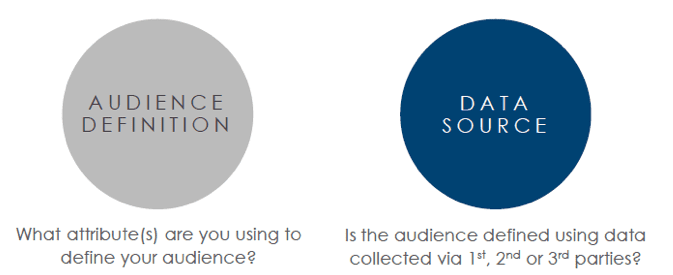
- Site tagging forms the foundation for effective DMP deployment so conduct a tag audit early on that covers:
- Load times - highlight the most critical/ important pages
- Data quality - key for analytics integration. Are there tags on key pages? Do they fire correctly to capture the right data?
- Data leakage - limit loss of 3rd party data. The average client website has tags from 75 different vendors with only 20% from the organisation (source: Ghostery)
The walk stage
Once you’ve identified how you’re planning to use a DMP, the process of engaging wider stakeholders from across the organisation will begin as you begin the vendor selection process.
- Set up a group to manage stakeholders. Many of those involved will have different objectives and perspectives so a data/ tech council can be useful to agree priorities:
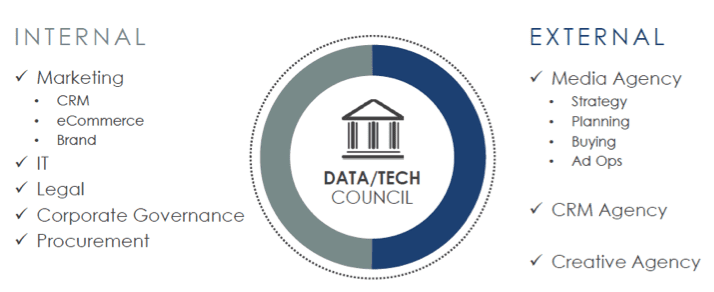
- Start looking at key functionality:
- Audiences profiling - characteristics, hobbies and demographics of key customers. Is the audience buyers or browsers? Paid or organic visitors? How do they differ and how does this impact strategy
- Audience segmentation - smarter retargeting, e.g. if a visitor spends a certain time on page this leads to conversion
- Audience activation - set bid strategies based on different audiences; frequency capping
- Don't make audiences too granular because there is often data leakage and/ or cookie loss implications. Every time data is moved (e.g. from DMP to DSP) data loss occurs:

- Decide what DMP is right for your business. Think about functionality, UI and support as well as cost. There will be different solutions for SMEs and enterprise organisations:
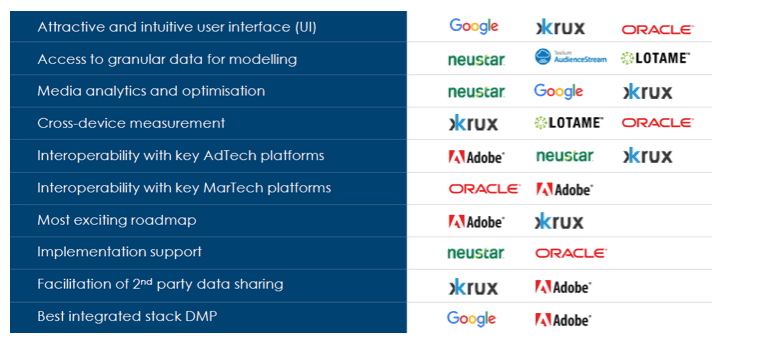
The run stage
Now that the DMP is in place and your organisation becomes more advanced from a data-management perspective, more technical questions around dynamic content, CRM integration and audience mapping.
- A DMP allows you to move away from mass media to a more granular, audience-based targeting strategy. Dynamic and programmatic creative offers a unique opportunity but media and creative agencies need to work collaboratively to achieve success
- Dynamic content requires a longer planning process and it’s worth taking time to work with your teams to develop audience decision trees:
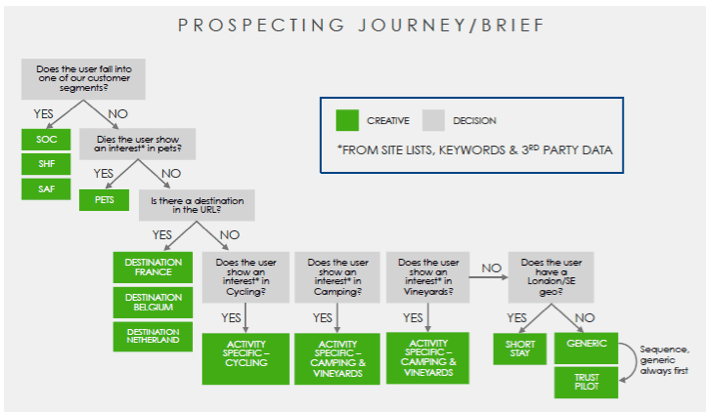
- At this stage a decision may also need to be made about bringing CRM data and segments into the DMP. CRM data is personal data whilst DMPs don't store personally identifiable data (cookies and device IDs) and therefore CRM data must be converted. There are three ways to do this:
- Append DMP / DSP tracking into your CRM emails
- Match known individuals to cookies when a user identifies themselves on the client site (e.g. when they log in to the site)
- Work with a 3rd party on-boarding partner (e.g. Experian, LiveRamp, etc). N.B. working with an on-boarding partner can bring associated costs and match rates are typically quite low (c.20-35%)
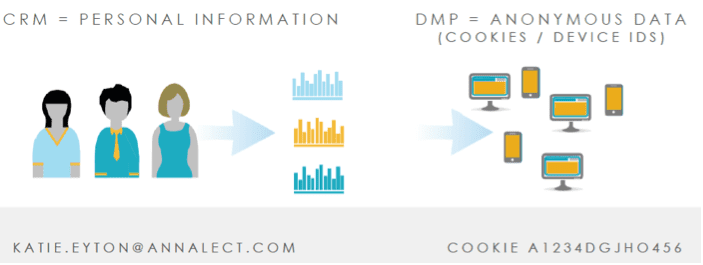
Summary
Data is playing an increasingly important role in the planning process for marketers. The data and media world’s have collided providing us with new and exciting opportunities to learn more about our customers and deliver relevance on a larger scale:
As a result of a more data-driven approach to marketing, we’re likely to see more businesses opt to invest in DMPs to manage the data they’re acquiring. However, as with any technology, a DMP is not a silver bullet. Careful planning, consideration and deployment is needed to ensure the right processes are put in place to establish the right culture and mindset so that the entire organisation can benefit from true data-driven decision-making.

















